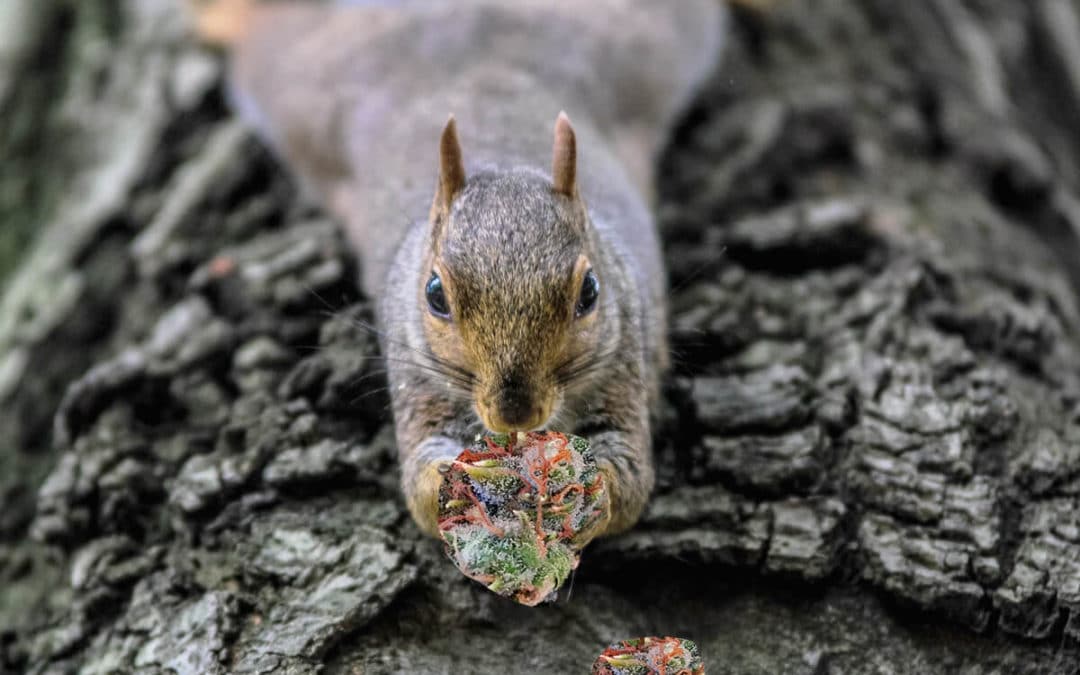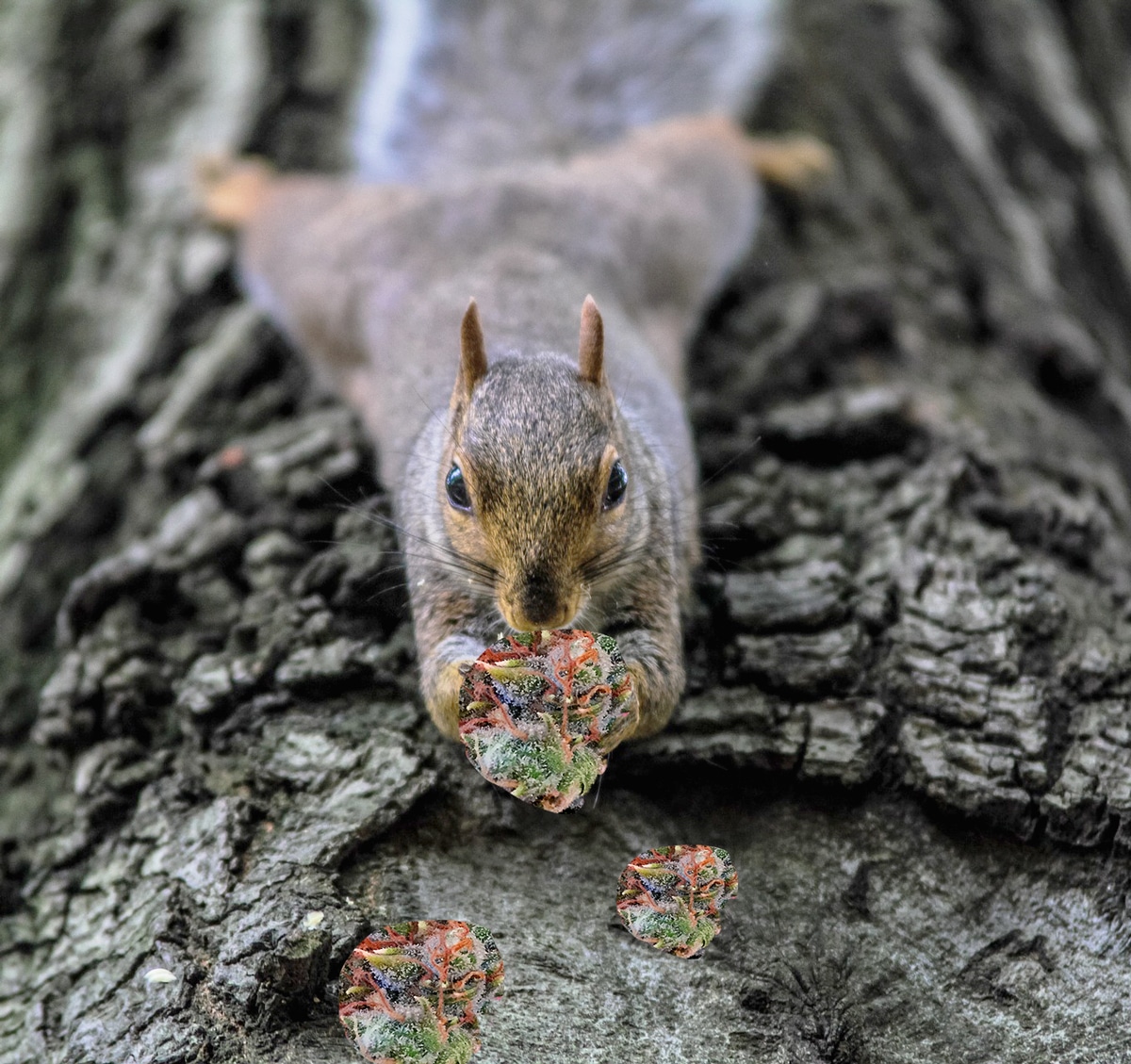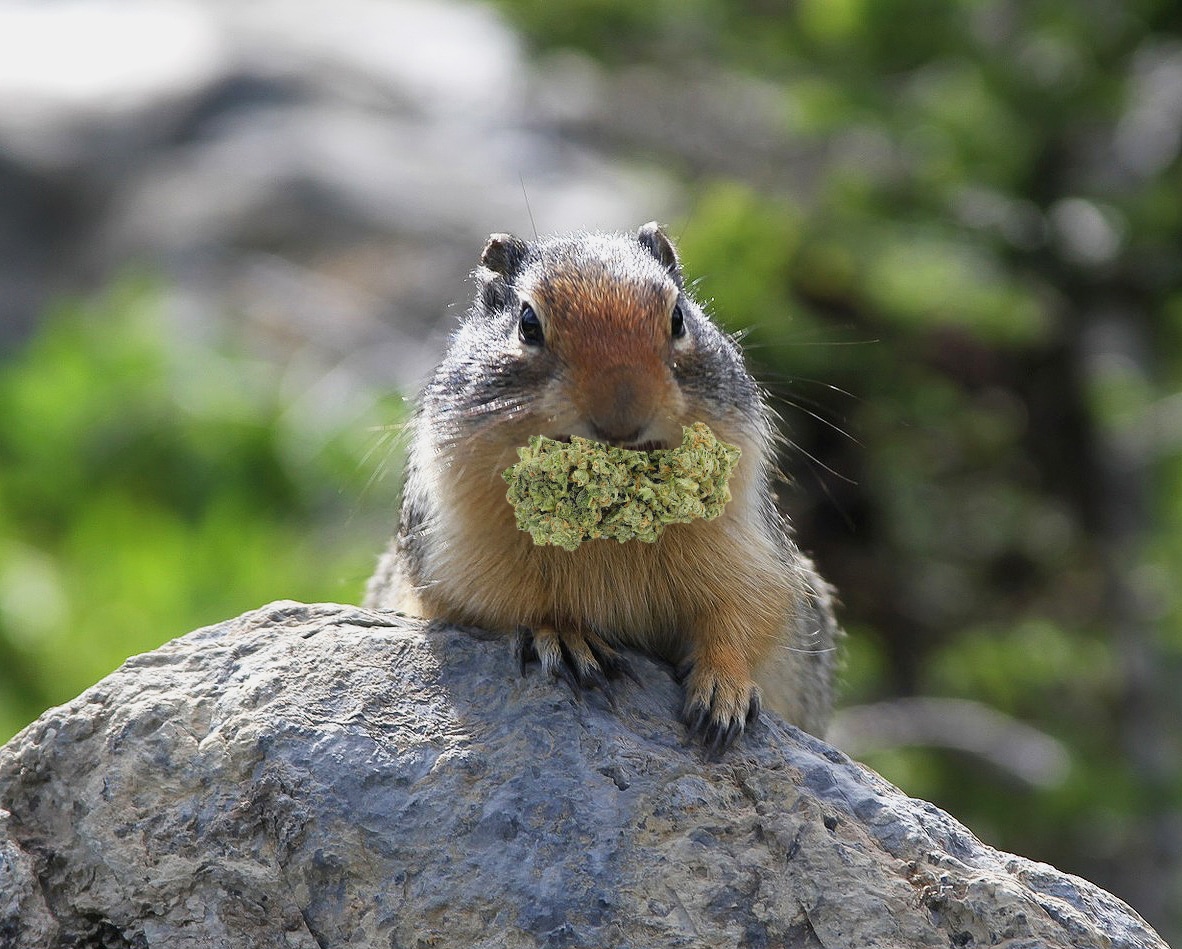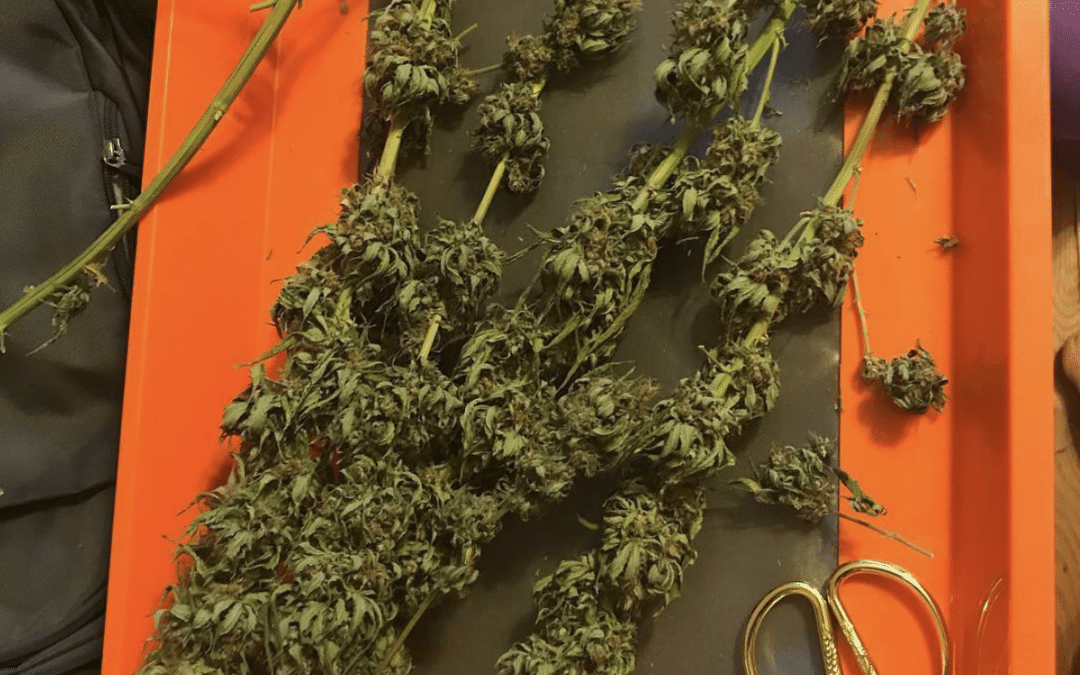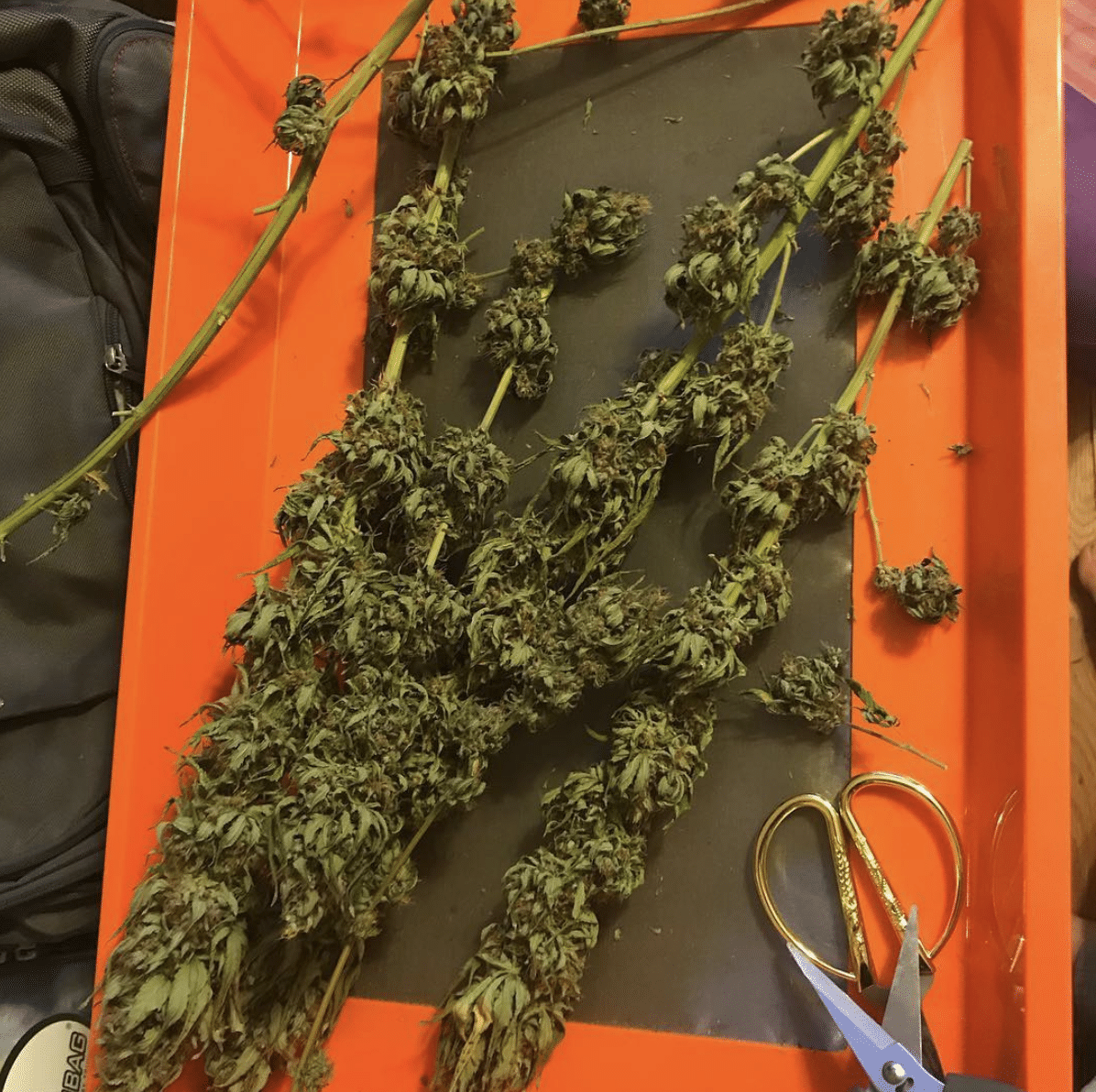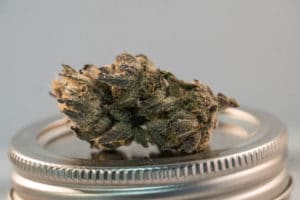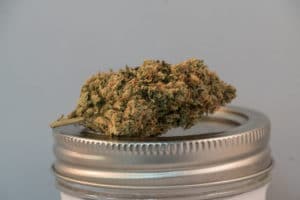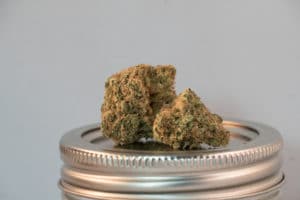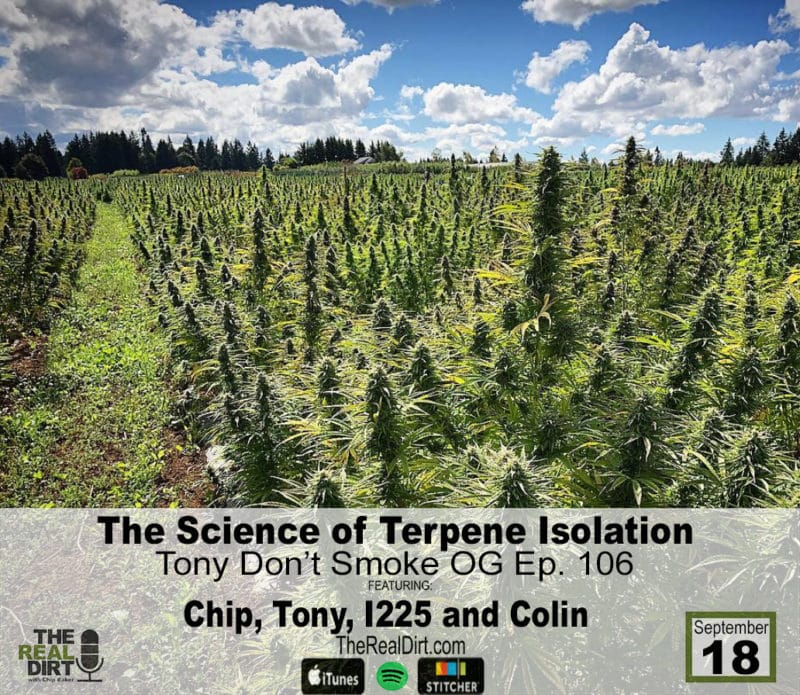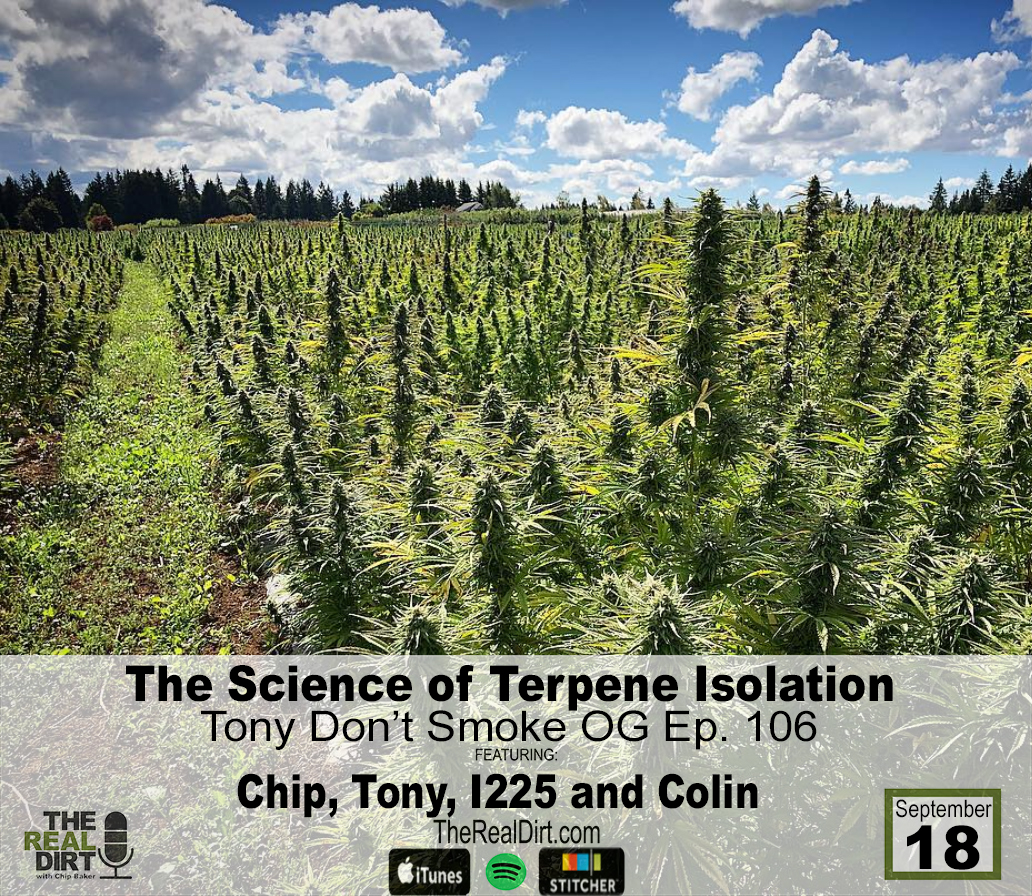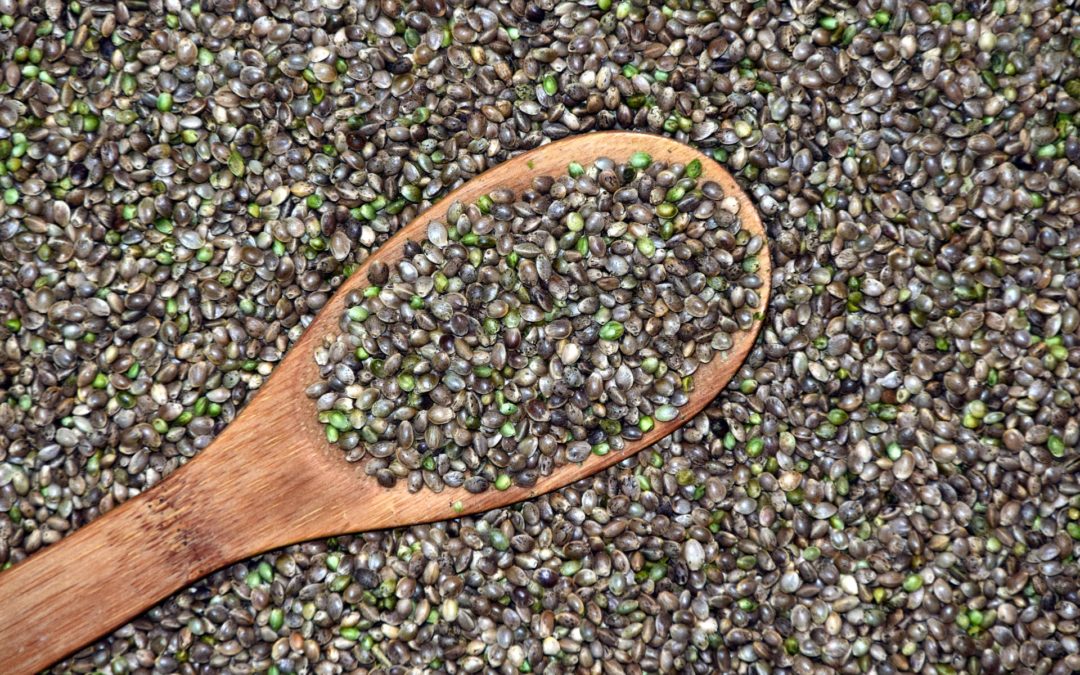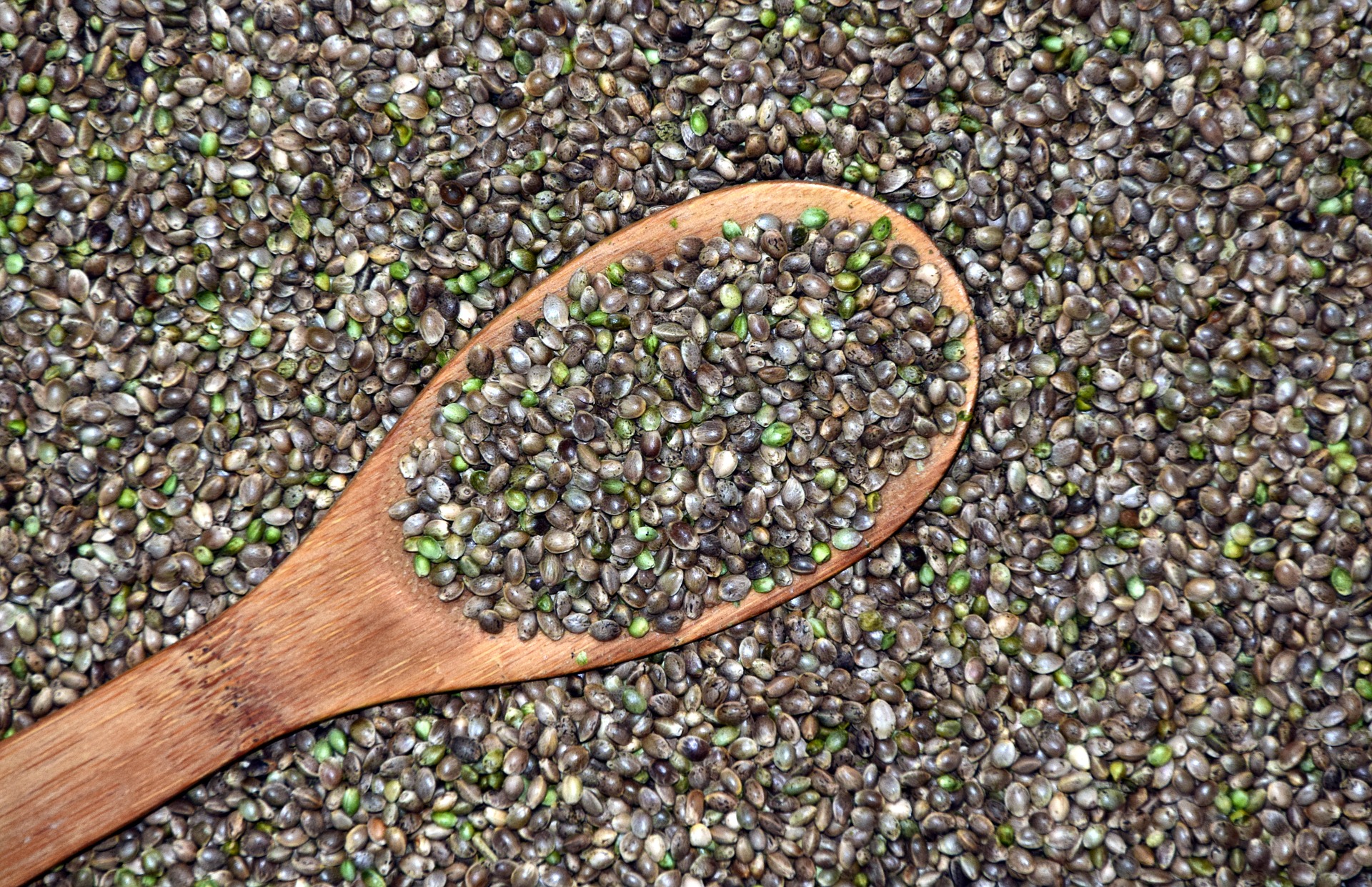
Canada Legalization Guide: Things to know

It’s October 17th. Canadian cannabis is now fully legal. And it’s a big deal.
What makes the legalization of Canadian cannabis so important is that Canada hasn’t just decriminalized cannabis like some states in the US and other countries. They fully legalized it.
That makes Canada the second country in the world (behind Uruguay) and the first G7 country to legalize the production, distribution and consumption of cannabis.
Being a first-world country with a very large economy, it’s fair to say that all eyes will be on the nation up north to determine the viability of widespread cannabis legalization. While big business and governments are watching for success, we the people get to enjoy legal, Canadian cannabis anytime we visit the Great White North.
But before you grab your jacket and head to Ontario, here’s the essential information to know about Canadian cannabis legalization.
Where to buy legal Canadian cannabis
Each province in Canada is different when it comes to how cannabis will be sold. In some, consumers can only buy their cannabis from the government through an online store. Other provinces will have privately owned and operated dispensaries opening their doors to Canadian cannabis lovers.
For now, it would appear that most cannabis sales starting out will be through the government. Quebec now has 12 government-run dispensaries open, with government employees taking up the positions of budtenders. Saskatchewan will have 51 privately owned stores, and Alberta will have 17 as well as online sales through the government.
What’s the legal age for Canadian cannabis?
In the majority of provinces the legal age for cannabis consumption is 19. Quebec has their current legal age at 18, but will most likely raise the age to 21 in the near future.
Just like alcohol, supplying cannabis to minors carries a heavy offense, with up to 14 years in Canadian prison.
How much can I buy?
This one is simple enough. Country-wide, Canadian cannabis consumers will be allowed up to 30 grams (just over an ounce) of legal cannabis. Since Canada will not be allowing the sale of edibles or concentrates for another year, there is no need for a policy like that of Colorado.
Colorado’s policy allows consumers to purchase one ounce of flower per day, or the THC equivalent. That means that instead of an ounce of flower, a Colorado consumer could instead get 8 grams of concentrates or 800mg of edibles, roughly the equivalent THC of an ounce of dry flower.

Where can I smoke?
Similarly to how age limits in provinces are set, so are the local laws regarding consumption of Canadian cannabis. Ontario, British Columbia and Alberta will allow people to smoke cannabis wherever cigarette smoking is allowed. This makes streets and parks fair game in Ontario, but British Columbia has blocked smoking in parks or community beaches.
Halifax will actually have designated smoking areas on municipal properties that consumers can find through a Google Maps-esque website with green smoking signs signifying the safe zones. While there aren’t any legal cannabis clubs for social consumption, there have been many operating in the black market for years.
Vancouver and Toronto are a couple of Canadian cities known to have thriving cannabis cafes and lounges that fly under the radar. So for most, the enjoyment of legal Canadian cannabis will be at home or a friend’s in a private setting.
If you live in Canada, there’s more to know about growing you own cannabis, driving high and criminal records that you should read up on. And while you enjoy that tasty, legal, Canadian cannabis, tune into the new episode of The Real Dirt Podcast!

